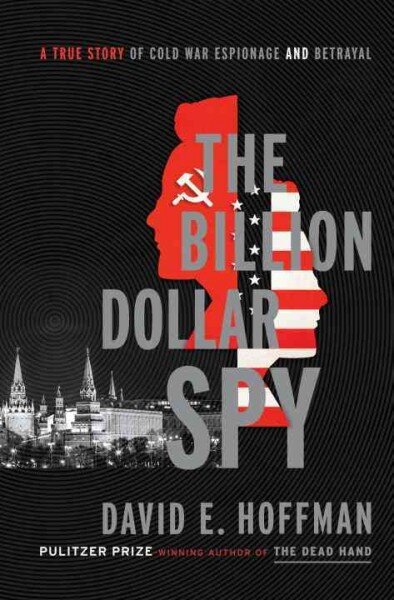Remember those old spy movies that featured things like letters written in invisible ink, tiny cameras hidden in pens, suicide pills, and messages stashed furtively under park benches?
Real spies work much the same way, it turns out. One of the biggest takeaways from the true-espionage book "The Billion Dollar Spy" is discovering how much real life is like those movies.
In "The Billion Dollar Spy," author David E. Hoffman tells the story of Adolf Tolkachev, a Russian engineer who passed an incredible volume of military secrets to American CIA agents during the Cold War from 1979 to 1985. The value of this intelligence was once estimated at over a billion dollars in terms of how it allowed the United States to adapt its military technology. Indeed, it's likely that Tolkachev by himself contributed mightily to the downfall of the Soviet Union.
In telling this story, Hoffman has to do a little "Spying 101" for readers. He describes, for instance, how CIA agents in Moscow went through elaborate steps -- driving in circles, switching from a car to a train to walking -- to make sure they weren't being followed. He describes the sometime elaborate disguises they wore. He describes how something as simple as a painted "V" on a pillar, or an open window could be a signal to a spy.
It's notable how little role technology played. They weren't hacking into computer networks or anything like that -- it was a nitty-gritty, person-to-person, street-level actions that made the difference.
Hoffman constructs the story largely from now-declassified documents that give a detialed look at how the CIA "handled" spies like Tolkachev. Unfortunately, late in the book, the Americans lose Tolkachev and Hoffman can only give us the basics of what happens then.
Still, it's a fascinating book that reads like a John Le Carre page-turner.
---
(Please support this blog by clicking on ad.)

No comments:
Post a Comment